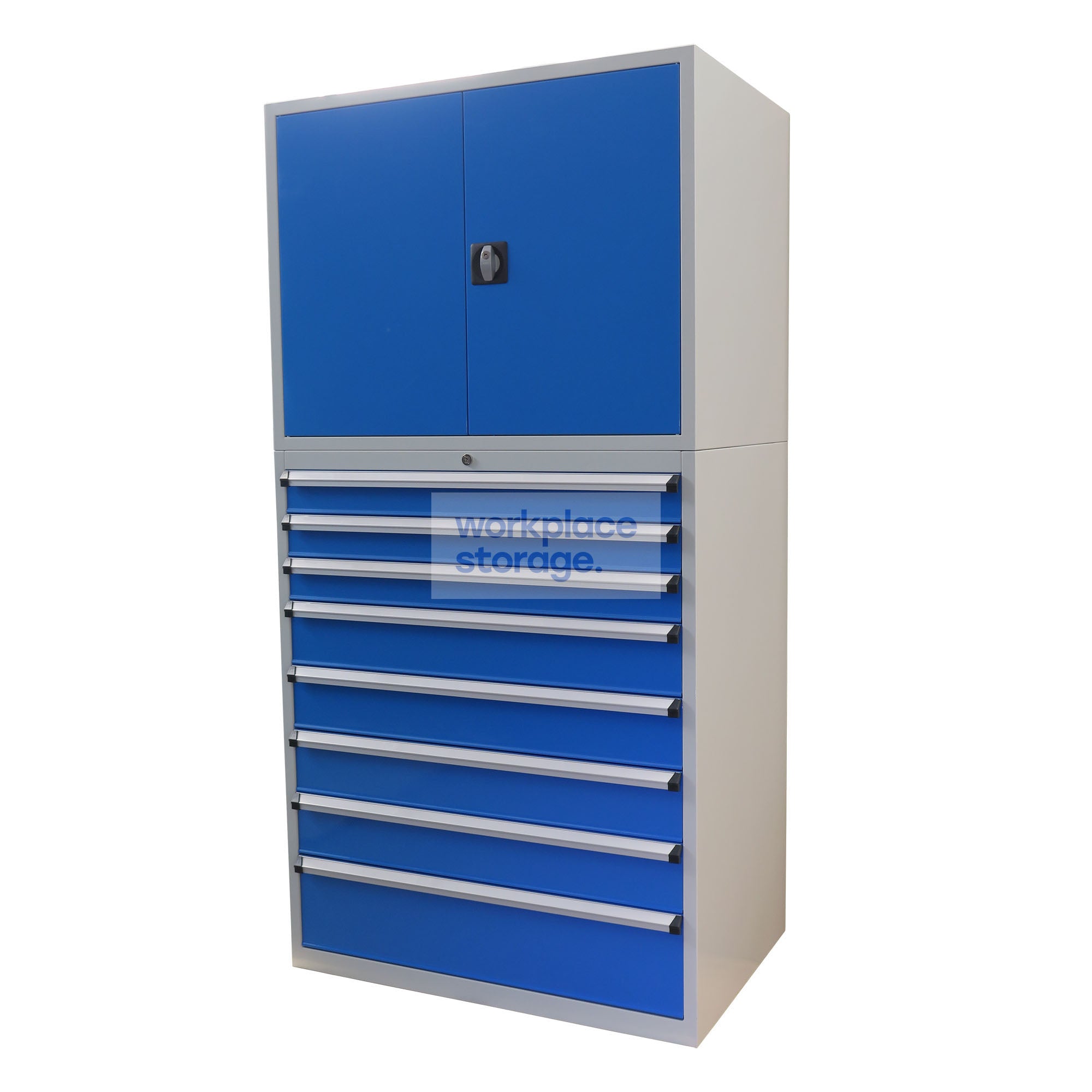
Parts Storage Systems – There’s more to storage than it seems
Operating an efficient workplace whether that be a DC, warehouse, workshop or parts store starts with smart systems of work that are simple, easily to replicate, require simple training, are easy to maintain, make your teams jobs simpler and help maximise profits for the organisation. It’s often noted that we don’t do the big things right unless we can do the small things right and effective workplace storage is no different. There are many crucial parts to implementing smart workplace storage including staff, safety, inventory systems, processes, ERP systems and many more but a key process that can easily be overlooked is the importance of a quality parts storage system.
Spare parts can be stored in many different ways and managed by different electronic systems but there are key rules that apply in most situations. If parts are difficult to identify it’s likely that picking errors will occur resulting in issues such as inaccurate stock reporting, unsatisfied customers and last minute rush to meet your deadlines. Labelling of parts storage locations such as barcoding and part number labels are of definite assistance in this process but having quality storage devices such as high density drawer cabinets, Longspan shelving with parts buckets, bolt storage racks and similar industrial storage systems are often the best way to ensure parts are in identifiable picking locations. When it is difficult to locate parts this can result in shipping delays, picking errors and frustration from your customer and internal team. This is another issue which is also helped by having quality storage systems in place. First in first out is a key principle in inventory management so that old stock isn’t held which could result in an old variation of a part being supplied. Poor training is also likely to result in picking errors but with good storage systems staff are still more likely to find the correct part.
Parts can be stored in many locations whether that be the warehouse, workshop, parts store, tool store, remote store and even sometimes there can be a supplier operating on your site to manage the inventory as part of their service, often referred to as vendor managed inventory providers. The variety of different locations in a workplace that parts can be stored in means that the best parts management will actually need a variety of solutions to provide the optimum outcome. For example in warehouse applications high density drawer cabinets, parts bucket shelving, bolt racks, and parts cabinets are commonly used effective storage solutions. If the warehouse team is operating a delivery service around the site solutions like logistics cages and site drop point boxes can also become an important part of your overall parts management system. In a workshop you might store parts in drawer storage cabinets, workstation lockers or Underbench drawers and the team top up their Kanban trollies, linefeed trolleys from these designated parts holding locations.
Whilst parts storage can seem like a simple thing when done right it makes a huge difference to your efficiency, staff engagement and even the perception of your business from suppliers and customers. Engaging an experienced industrial storage systems supplier to help guide you through this process is an important part of getting the best outcome for your facility. Engaging directly with an importer and manufacturer is also important to ensure you get the best value for your facility as well as ensuring you’re talking to the company with the most experience. Engaging with other parties such as a lean consultant in also a good process as they will help you review the most efficient places to storage your parts, the best ways to receive your parts, best quantities to purchase parts and often help you reduce stock on hand holdings.
In short there is a lot to parts storage even though it may at first seem a small part of your operation. Ensure parts storage is effective in your organisation and not a bottleneck to success.
